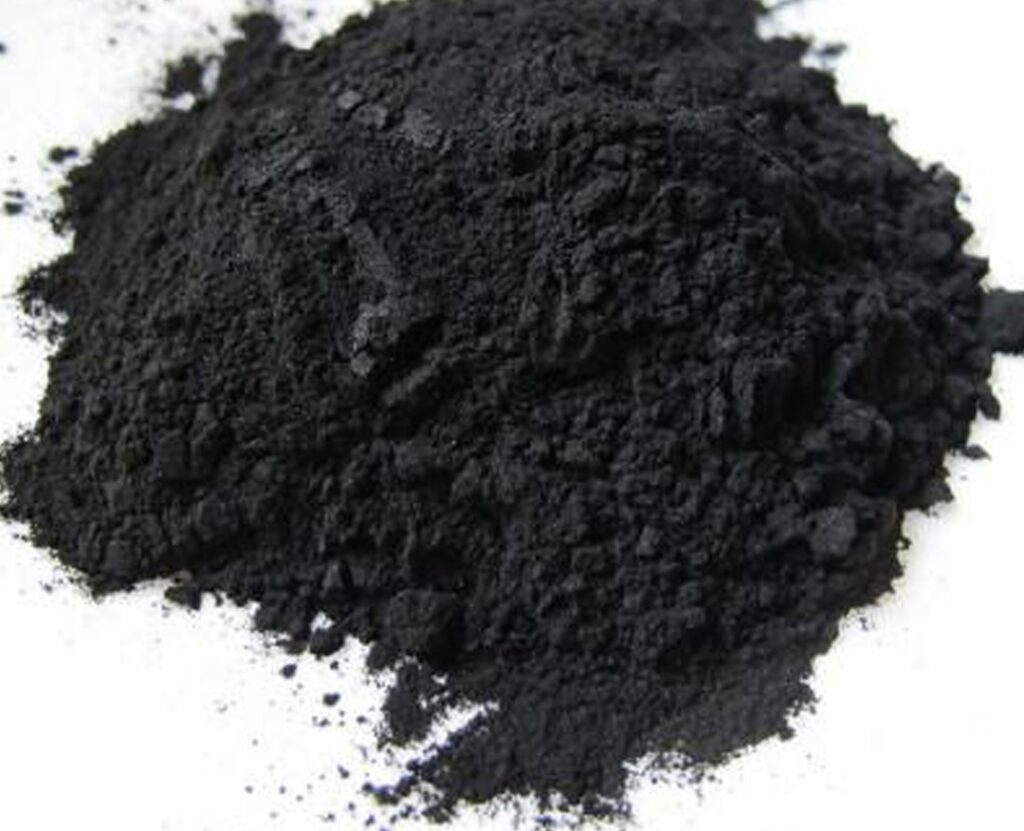Gilsonite with other names as Natural Bitumen & Natural Asphalt was discovered in the 19th century. Since its discovery, the material, also referred as asphaltite, has been used in various industries. Miners and entrepreneurs quickly recognized the potential of gilsonite applications in various industries, paving the way for its widespread use.
Natural Bitumen properties set it apart from other natural bitumens. It possesses a high fixed carbon content, low ash, and inherent waterproofing abilities. These properties make gilsonite applications in asphalt and road construction particularly valuable.
Natural Asphalt applications extend beyond just asphalt and road construction. Its robust chemical composition makes it an ideal additive in drilling fluids for the gilsonite in oil and gas industry. This enhances wellbore stability and drilling efficiency. Furthermore, gilsonite’s binding properties are invaluable in foundry sands and roofing materials, contributing to stronger, more durable end products.
Gilsonite Applications for Industrial Uses
As mentioned above, gilsonit applications in different industries make the material more valuable day by day. To enlighten you more about asphaltite, below some examples from different industries are shared.
Gilsonite Applications for Roof Insulation and Isolation
In roof insulation and isolation, gilsonite applications demonstrate remarkable efficacy. Its application in roofing materials stems from its superior waterproofing and adhesive properties, which contribute significantly to the longevity and durability of roofs.
When incorporated into roof insulation materials, gilsonite adds an extra layer of protection against moisture and environmental elements. This natural hydrocarbon acts as a robust barrier, preventing water ingress. In addition, it serves as an excellent binder in roofing materials. In addition, it ensures that the insulation layers remain intact and effective.
Gilsonite Applications for Oil Drilling as Drilling Mud and Cementing
Gilsonit applications in the oil drilling industry offer unique enhancements in the viscosity of drilling fluids. Gilsonit drilling fluids provide better lubrication and reduce the risk of blowouts. In cementing, the material improves the seal of the wellbore, ensuring a more secure and durable finish. The application of gilsonite in oil drilling operations not only increases efficiency but also contributes to safer and more environmentally friendly practices.
Gilsonite for Ink, Paint, and Coating
The natural glossiness of gilsonite enhances the shine and depth of colors in inks and paints. Moreover, gilsonit has the ability to bond with various substances. This makes it an excellent agent for improving adhesion and durability in coatings. This leads to longer-lasting and more vibrant finishes on a variety of surfaces.
Gilsonite Usage in Foundry Sand Additives
As an additive in foundry sand, gilsonit aids in creating more precise and durable molds and cores. This results in higher-quality castings with improved finishes. Therefore, the results showcase the critical role of Natural Asphalt applications in enhancing the performance and quality of foundry products.
Gilsonite in Chemical Productions
Gilsonit’s unique chemical structure makes it an ideal stabilizing and binding agent in various chemical compounds. This enhances the performance and quality of the end products, whether in pharmaceuticals, plastics, or other chemical-based materials. The role of gilsonite in this sector underscores its importance in the broader context of industrial chemistry.
Asphalt and Road Construction
The use of gilsonite in asphalt and road construction improves the material’s stability, durability, and resistance to deformation. This results in longer-lasting road surfaces capable of withstanding various environmental stresses. The application of gilsonite in road construction not only enhances the quality of roadways but also contributes to cost savings and sustainability efforts in the sector.
Environmental and Safety Considerations
We consider Gilsonite applications as the material that causes environmental pollution. The production and application processes have been changing day by day. And we can say that the gilsonite applications have become eco-friendly.
Eco-Friendly Mining Practices
Minimized Land Disturbance: Modern gilsonite mining practices focus on minimizing the disturbance to the land. We employ Techniques such as selective mining and land reclamation to ensure environmental balance.
Waste Reduction: we make Efforts to reduce waste during the mining and processing of gilsonite. By optimizing extraction methods, the waste generated significantly we lessen, contributing to more eco-friendly operations.
Safe Processing Techniques
Controlled Extraction: The extraction process carefully we control to prevent any potential hazards, such as underground fires, which could be caused by the flammable nature of gilsonite.
Dust Control Measures: In processing plants, dust control systems we implement to reduce airborne particles, protecting both workers and the environment from fine gilsonite dust.
Sustainable Transportation and Handling
Efficient Transportation: Sustainable transportation methods we utilize to minimize the carbon footprint. This includes the use of fuel-efficient vehicles and optimizing logistics to reduce emissions.
Safe Handling Protocols: Safety protocols for handling gilsonite are rigorously followed to prevent health risks to workers, such as respiratory issues from dust inhalation or skin irritation.
Compliance with Environmental Regulations
Regulatory Adherence: Compliance with local and international environmental regulations is a priority. This includes adhering to guidelines on emissions, waste management, and land use.
Regular Environmental Audits: We conduct Regular audits to ensure ongoing compliance with environmental standards and to identify areas for improvement.
Technological Innovations in Production
Energy-Efficient Processing: Advances in technology have led to more energy-efficient processing methods, reducing the overall environmental impact of gilsonite production.
Recycling and Reuse: We Efforts to recycle and reuse materials wherever possible in the production process, contributing to a circular economy approach.
Safety in Application
Product Safety Data Sheets: Detailed safety data sheets are provided for gilsonit applications, offering guidelines on safe usage, storage, and disposal.
Training and Awareness: Also, We conduct Regular training sessions and awareness programs for workers and stakeholders to ensure safe handling and application of gilsonite in gilsonite market.
FAQ
What is the Gilsonite Application?
The use of gilsonit spans various industries, from improving the quality of asphalt in road construction to enhancing drilling fluids in oil and gas exploration. However Its versatility makes it a valuable resource in numerous applications.
What is the Difference Between Bitumen and Gilsonite?
While, we use both bitumen and gilsonit in road construction, Natural Bitumen offers unique properties such as higher natural asphalt content and better bonding capabilities, making it a good choice in certain applications.
How is Gilsonite Formed?
However, Natural Asphalt or Gilsonit is formed from the fossilization of ancient marine life, undergoing geological processes over millions of years to become the solid hydrocarbon we utilize today. Also, This natural formation contributes to its unique properties and wide range of applications.




